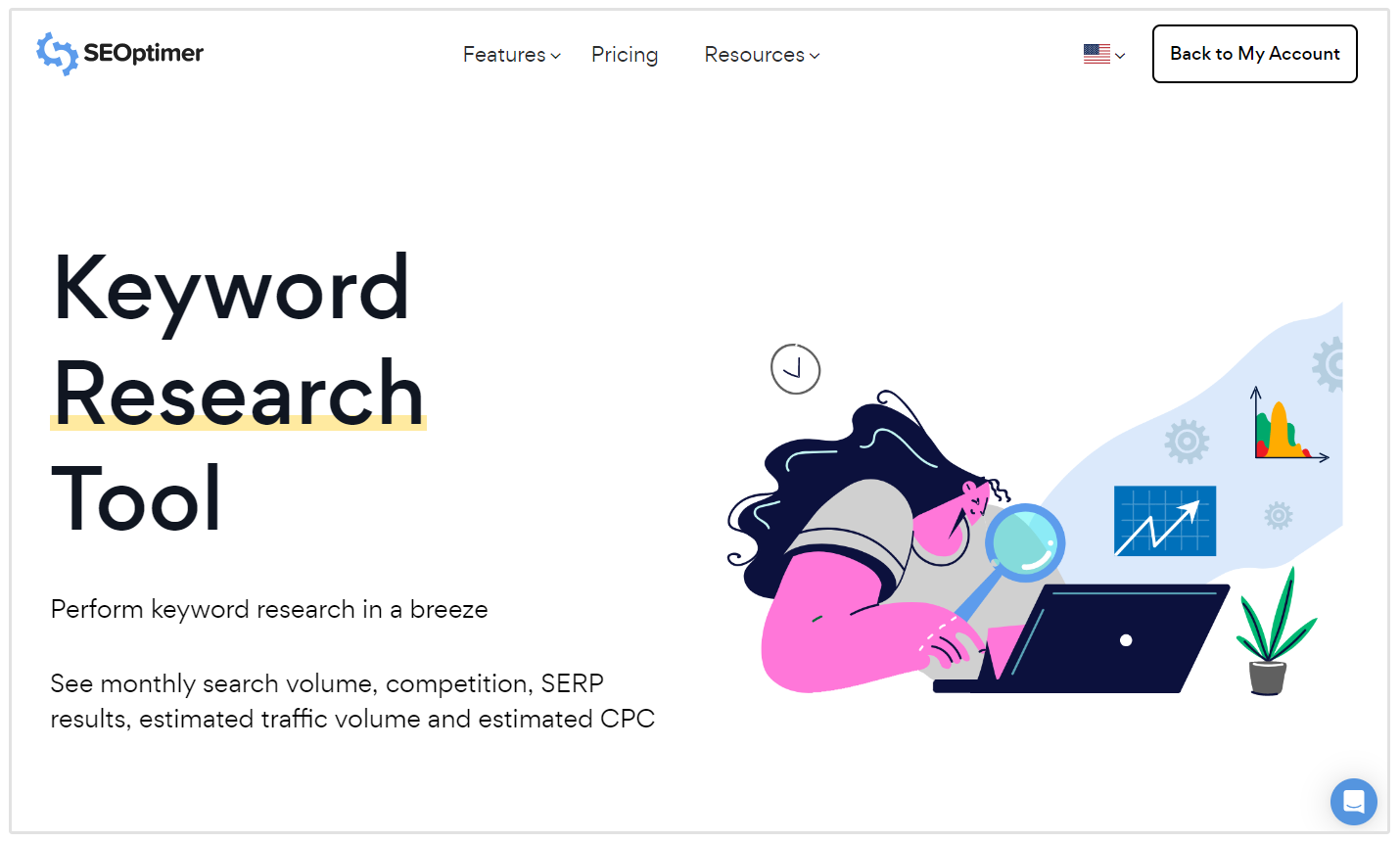Grasping Secondary Dimensions in Google Analytics: Their Significance and Efficient Usage
Grasping Secondary Dimensions in Google Analytics: Their Significance and Efficient Usage
Blog Article
Introducing the Impact of Additional Dimension in Google Analytics on Data Analysis and Insights
In the world of data analytics, the utilization of second measurements within Google Analytics has actually emerged as a pivotal device for removing deeper understandings and unraveling complex patterns that may or else stay obscured. By peeling off back the layers of primary data sets, additional measurements use a nuanced point of view that improves the understanding of individual behavior, website efficiency, and the efficiency of advertising and marketing methods. Nonetheless, real influence and untapped capacity of secondary dimensions are typically underestimated, eclipsed by the attraction of primary metrics. As we browse with the detailed landscape of data analysis, the relevance of secondary measurements comes to be progressively apparent, clarifying essential information that hold the trick to notified decision-making and critical optimizations.
Discovering the Principle of Second Measurements
Additional measurements in Google Analytics offer additional insights by allowing individuals to evaluate key data in conjunction with a second feature. By integrating second dimensions, customers can dig much deeper into the data and reveal valuable correlations that may or else go undetected - what is a secondary dimension in google analytics.
Comprehending the idea of second measurements is critical for maximizing the capacity of Google Analytics. It enables individuals to segment information effectively, identify patterns, and make notified choices based upon a more full picture of their analytics information. By exploring the different secondary measurements readily available in Google Analytics, users can unlock brand-new insights and optimize their digital advertising and marketing initiatives. Essentially, second measurements offer as an effective tool for improving data evaluation and driving workable results.
Enhancing Information Analysis With Second Dimensions
Having developed the foundational understanding of second measurements in Google Analytics and their essential function in data evaluation, the emphasis now shifts in the direction of leveraging these additional credit to enhance the analysis of analytics data (what is a secondary dimension in google analytics). By incorporating second measurements into data evaluation, analysts can obtain deeper insights right into individual actions, internet site performance, and advertising efficiency

Moreover, additional dimensions help in contextualizing key data metrics by providing added layers of information. This contextualization help in recognizing the 'why' behind the information trends, aiding analysts make educated optimizations and decisions to boost general performance. Ultimately, including additional dimensions improves the information analysis process, bring about more strategic activities and significant insights.
Revealing Hidden Insights With Secondary Dimensions
Checking out the depths of analytics information with additional measurements reveals important insights that would certainly or else stay covered. By including additional measurements in Google Analytics, companies can uncover concealed patterns, patterns, and connections that give a more extensive understanding of customer actions and site efficiency. These additional layers of data permit analysts to dig much deeper right into the primary dimensions, such as traffic sources or landing web pages, and obtain an extra nuanced perspective on just how different variables engage with each various other.
With using second dimensions, analysts can sector and compare information throughout numerous measurements, enabling them to identify particular elements that affect customer engagement, conversion rates, and general success metrics. By matching the main measurement of 'device category' with the secondary measurement of 'age team,' marketing professionals can identify which age demographics favor accessing the internet site via mobile tools versus desktop computers. This level of granularity encourages companies to make data-driven decisions and optimize their strategies for far better results. Ultimately, uncovering surprise understandings through additional dimensions improves the depth and precision of information evaluation, bring about even more informed decision-making and improved efficiency end results.
Leveraging Additional Dimensions for Actionable Analytics
Structure upon the insights introduced via additional dimensions in Google Analytics, organizations can now harness this enriched information landscape to drive actionable analytics and strategic decision-making. By leveraging additional dimensions, organizations can dive deeper into their information to extract useful patterns, patterns, and correlations that might have previously gone undetected. This deeper level of analysis enables organizations to get a more comprehensive understanding of customer behavior, project performance, and overall site performance.
One secret benefit of utilizing second measurements for click this workable analytics is the capacity to segment information based on details criteria. This segmentation allows companies to customize their methods and projects to various audience teams, causing a lot more targeted and efficient marketing efforts - what is a secondary dimension in google analytics. Additionally, second dimensions supply a more holistic view of user communications, allowing companies to maximize their web site web content, style, and total customer experience
Optimizing Decision-Making With Second Measurements
To boost tactical decision-making in analytics, leveraging additional dimensions in Google Analytics can supply a much more nuanced perspective on customer actions and project efficiency. By including secondary dimensions into data analysis, organizations can dive much deeper right into the specifics of their web site site visitors' communications and interaction patterns. This extra layer of details permits an extra extensive understanding of exactly how various variables, such as demographics, devices, or traffic resources, influence crucial efficiency signs.

Conclusion
Finally, the use of additional measurements in Google Analytics plays an important function in enhancing data evaluation and revealing surprise insights. By exploring this principle, one can acquire a deeper understanding of user behavior and make notified decisions based upon actionable analytics. Leveraging additional measurements enables an extra thorough interpretation of information and takes full advantage of the effectiveness of decision-making procedures.

Report this page